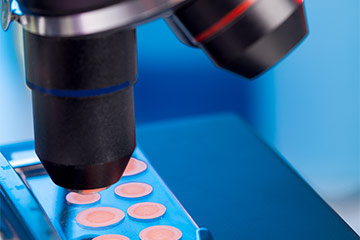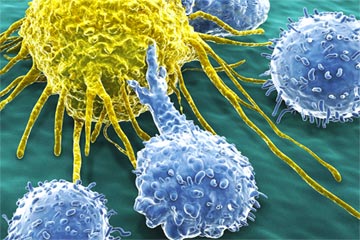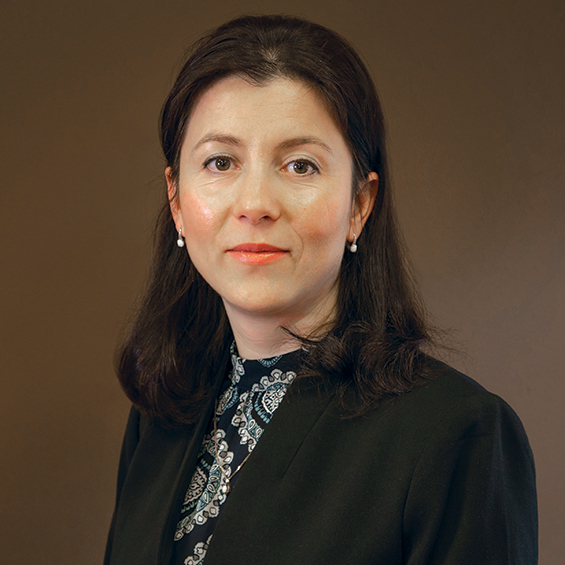Melanoma Treatment
Overview
The skin protects against heat, sunlight, injury, and infection. Skin also helps control body temperature and stores water and fat. Skin cancer is the most common type of cancer. It usually forms in skin that has been exposed to sunlight, but can occur anywhere on the body.
Skin has several layers. Skin cancer begins in the epidermis (outer layer), which is made up of squamous cells, basal cells, and melanocytes.
There are several different types of skin cancer. Squamous cell and basal cell skin cancers are sometimes called nonmelanoma skin cancers. Nonmelanoma skin cancer usually responds to treatment and rarely spreads to other parts of the body. Melanoma is more aggressive than most other types of skin cancer. If it isn’t diagnosed early, it is likely to invade nearby tissues and spread to other parts of the body. The number of cases of melanoma is increasing each year. Only 2 percent of all skin cancers are melanoma, but it causes most deaths from skin cancer.
- Melanoma of the skin, the most deadly form of skin cancer, is the fifth most common type of new cancer diagnosis in American men and the seventh most common type in American women.
- Among people younger than 45 years, incidence rates are higher in women than in men.
- By age 60 years, melanoma incidence rates in men are more than twice those of women; by age 80 years, men are nearly three times more likely to develop melanoma than women.
Rare types of skin cancer include Merkel cell carcinoma, skin lymphoma, and Kaposi sarcoma. Summit treats melanoma using advanced chemotherapy, surgery and immunotherapy treatment methods.









